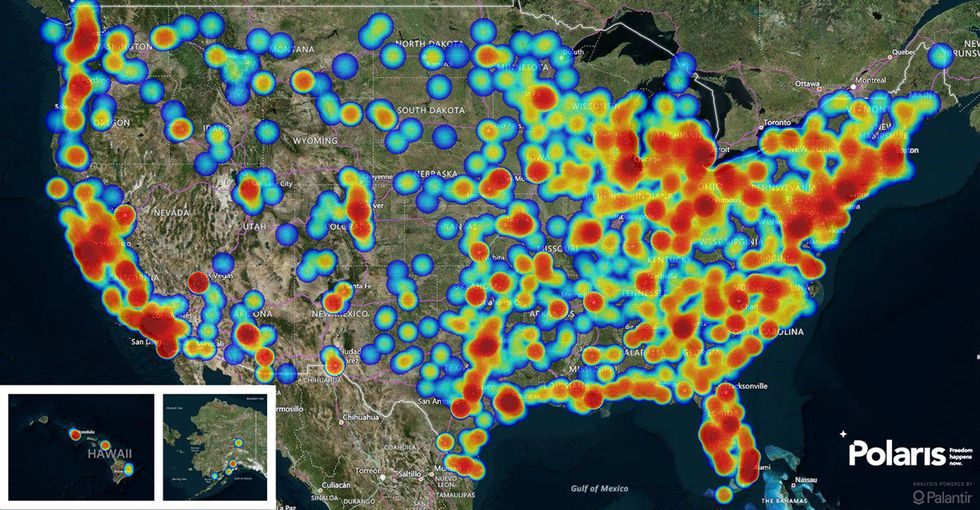This weekend, I will be performing an ensemble dance piece that sheds light on sex trafficking. Before this week, I knew that sex trafficking was a form of slavery existing universally, that most victims were female and that it was a larger problem than I could ever comprehend. In my recent research for my performance, I have come across statistics, facts and testimonies that have brought me to my knees. It amazes and appalls me that this kind of exploitation of humans still exists after all history has tried to teach us.
"Awareness" has become a dirty word because of its association with "social media activism" which is often seen as empty, lazy and ineffective. But if people living in freedom don't know that slavery still exists, how can they help those who have had their freedom stolen? Awareness of the details of sex trafficking is absolutely vital in finding a means to an end.
1. Human trafficking is the third largest international crime industry (behind illegal drugs and arms trafficking). It generates a profit of $99 billion every year and is expected to pass the drug industry in revenue in less than five years.
2. An estimated 27,000,000 people around the world are modern-day slaves; more people are enslaved today than at any other time in history.
3. Slaves around the world are cheaper than at any other time in history: about $90.
4. According to the U.S. State Department, 600,000 to 800,000 people are trafficked across international borders every year, of which 80% are female and half are children.
5. The average age a teen enters the sex trade in the U.S. is 12 to 14-year-old. Many victims are runaway girls who are sexually abused, in foster care, identify as LGBTQ+, African-American or Hispanic.
6. Traffickers use many different tactics to coerce or force their victims into sex slavery. It is not uncommon for traffickers to send "broken-in girls" to recruit younger girls into the sex trade.
7. Over 50% of human trafficking victims are children.
8. Two children are sold every minute.
9. Victims see an average of 30 "clients" per day and work 7 days a week.
10. The average pimp makes over $100k annually. "High end" pimps make millions. This is because most sex trafficking victims are not allowed to keep the money they make on the track and hiding money results in revocation of privileges, beatings or rape.
11. Sex traffickers use a variety of ways to condition their victims: starvation, rape, physical abuse, confinement, threats of violence toward the victim/victim's family, forced or coerced drug use and shame.
12. Human trafficking exists in all 50 states, with the South and East coasts being the most affected regions.

13. Interstate 20, which runs from Texas, through Louisiana, Mississippi, Alabama, Georgia and South Carolina, is a superhighway for sex trafficking. Many trafficked women are forced to work behind truck stops.
14. There are fewer than 100 beds in the entire US for displaced underage victims.
15. India has the largest number of individuals in human trafficking globally: 14 million. It takes 48 hrs for a street child to be lured into prostitution.
16. Only 1% of human trafficking victims are ever rescued.
17. Most "Johns" (people who pay for sex) in the US are married white men (this includes live purchase of service and pornography.) It is the consumption of the exploitation of women that is propelling the industry forward.
"When people are left out, when they're neglected, when they're not supported, and when they're not given the love they need to grow, it becomes an incubator for trafficking, and this refugee crisis, if we want to be serious about ending slavery, we cannot ignore them, we cannot ignore our support for this issue in that space, because otherwise, we're going to have to deal with it for years to come," -Ashton Kutcher (actor and creator of Thorn, a software that helps locate traffickers and victims)














